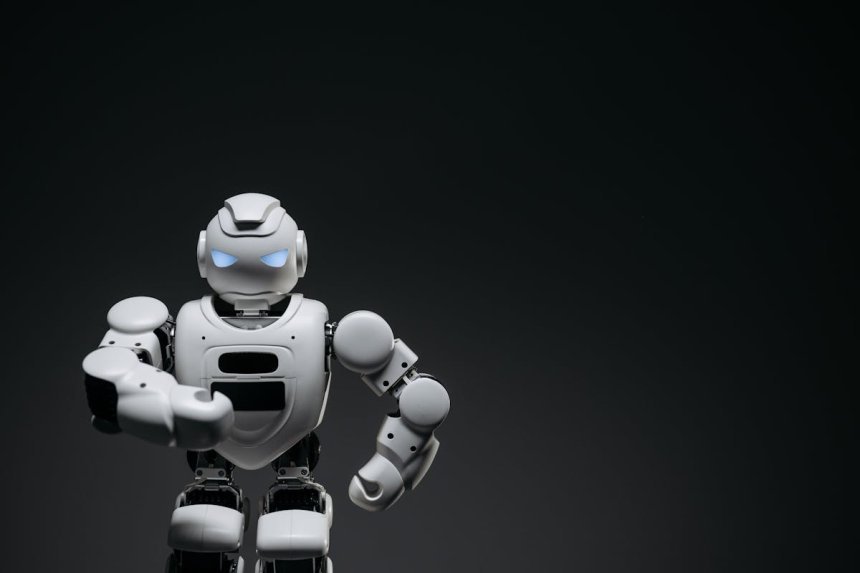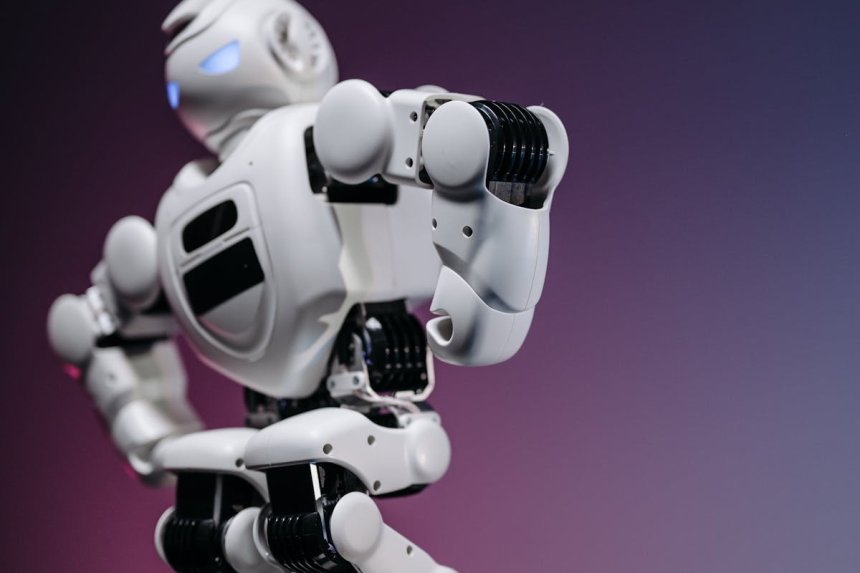Deep learning: understand what this technology is and how it works
Anyone who follows news about technology and technological innovations has probably already come across the term deep learning. It is related to artificial intelligence and the ability of a machine to think like a human being.

Anyone who follows news about technology and technological innovations has probably already come across the term deep learning. It is related to artificial intelligence and the ability of a machine to think like a human being.
In an increasingly digital world, the use of computing power can be of great help in different segments. So there is no reason not to consider the usefulness of these technologies in investments.
Therefore, if you want to learn more about deep learning, understand how it works and its relationship with investments, enjoy reading this content!
Let's go?
What is deep learning?
The term deep learning means “deep learning”. It is a form of artificial intelligence based on high-level algorithms, with the aim of trying to replicate the neural network of the human brain.
This technology uses a type of reasoning similar to that used by humans to identify and learn patterns. This allows computers to perform different tasks. For example, recognizing speech, identifying images, objects, colors, making projections, etc.
Furthermore, with deep learning, instead of organizing data through predefined programming, the machine is trained to configure the data parameters on its own. This is done based on pattern recognition across multiple layers of processing.
How does this technology work?
Understanding the concept, it is worth knowing that deep learning works as a network structure of artificial neurons, divided into layers that work together to solve tasks. Each layer has a level of intelligence that allows conclusions to be drawn from the object analyzed.
The first layer usually evaluates technical aspects, such as the pixels in an image. The next layer is responsible for processing specific data such as shapes and structures. Then, the following layers delve deeper into specific issues to reach a conclusion.
For example, imagine a machine used to identify photos that contain cars. The first layer will probably analyze the pixels of all the images that might have colors commonly used in vehicles.
The second layer can be responsible for analyzing the geometric shapes presented in the photos, to select those that resemble a car. In the following layers, the intelligence will be able to identify the presence of headlights, windshield, wheels, tires, and so on.
The combination of information identified by each layer will determine, in a group of different photographs, which ones show a vehicle. Furthermore, with the great computational capacity of current machines, the answer can be given in a short time.
In this way, deep learning can be used for different purposes — including investments.
What changes between artificial intelligence, machine learning and deep learning?
After checking the concept and functioning of deep learning, you may want to know how it differs from other technologies such as artificial intelligence and machine learning.
First, it should be noted that both machine learning and deep learning are types of artificial intelligence. To further grasp the distinction, it is crucial to go over the idea of artificial intelligence again.
AI (artificial intelligence) is an area of computer science that involves research to find solutions that simulate human reasoning capabilities in machines.
Machine learning involves using AI to allow machines to organize data, identify patterns, and learn from these models. The goal is to avoid relying on specific pre-programming. Finally, deep learning is included in this concept.
Therefore, the difference between machine learning and deep learning is that the former works in a linear fashion, while the latter is capable of processing chained layers in depth. In other words, deep learning can analyze a much larger amount of data, attempting to replicate human actions and reactions more faithfully.
How can deep learning be applied to the investment market?
Moving away from the world of computing and into the world of investments, the financial market is an environment full of information and data.
On the stock exchange , for example, thousands of transactions are carried out every second. Therefore, the decision to buy or sell an asset or financial derivative usually depends on the analysis of the information available at that time.
For example, speculators usually base their operations on price movements. They can then use technical analysis to identify graphic patterns that allow them to make projections and decisions.
It can also be based on tape reading , which is the reading of data, such as financial volume, trading history or available offers, with the aim of opening and closing operations. In both cases, having a technology such as deep learning can be interesting.
After all, a machine's ability to analyze and process data is much greater than that of human eyes. And the good news is that there are already technological solutions that use artificial intelligence to help investors and speculators in their decisions.
Discover some of them:
HFTs
HFTs (high frequency trading) are high-frequency robots, trained to identify patterns in the market and carry out operations in fractions of seconds.
Due to the sophisticated technology and use of specific algorithms, their price is usually quite high. Therefore, these alternatives are usually accessed by large banks and institutional operators.
Robot trader
The trading robot is also a tool equipped with artificial intelligence for carrying out short or very short-term operations. Although they do not have the same analytical capacity as an HTF, they are used to carry out speculation operations in the market.
Generally, the trading robot needs to be configured by the user to work. To do so, patterns and setups that guide the robot's performance must be registered.
Investor robot
Finally, the investing robot is a technological solution that combines programming resources, data and statistics to help those who want to invest over longer periods.
Using algorithms, the robot reads information about the market and the investor. With this, it points out the most appropriate investments according to the profile and objectives of each user.
Now that you know what deep learning is, it’s worth keeping an eye on the new developments brought by this technology — especially those involving investments. After all, they can help you on your journey in the financial market.
Share
What's Your Reaction?
 Like
0
Like
0
 Dislike
0
Dislike
0
 Love
0
Love
0
 Funny
0
Funny
0
 Angry
0
Angry
0
 Sad
0
Sad
0
 Wow
0
Wow
0













